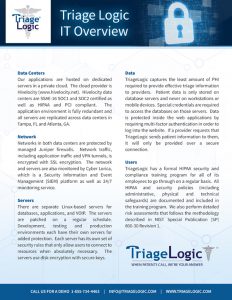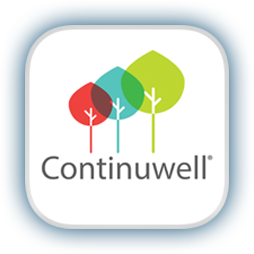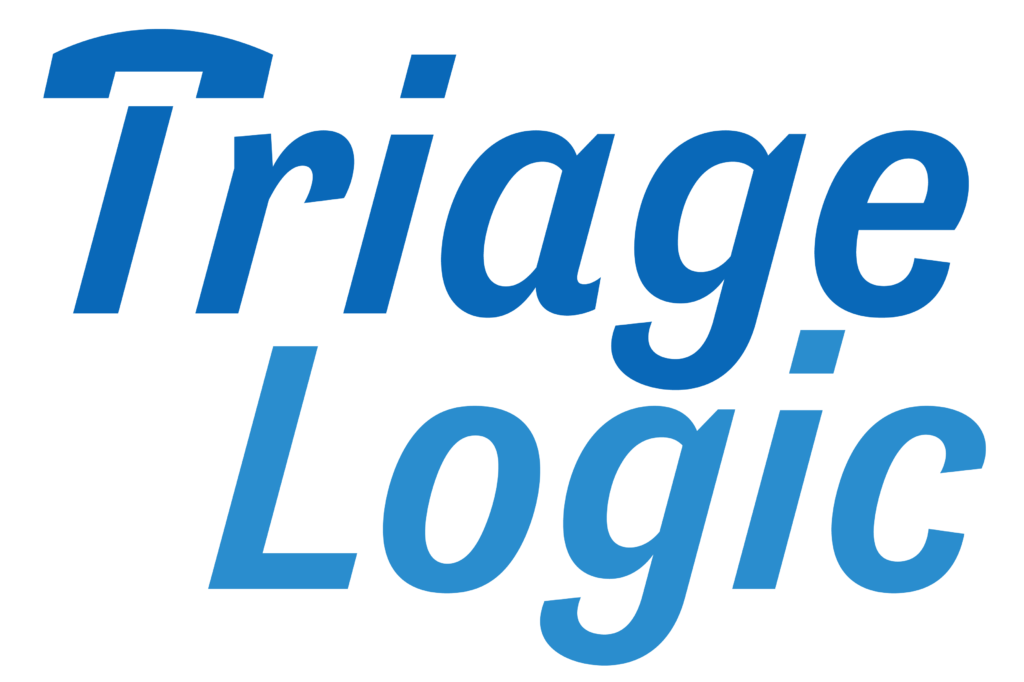Top 5 Reasons INFANTS are Sent to the Emergency Room by a Triage Nurse
Tips for pediatric offices to give to parents.
Research shows that about 1 in 10 caregivers who call a nurse triage line on behalf of their infant is told to go to the Emergency Room (read our study). In this article, we will detail the top five reasons that those infants are sent to the ER and explain why the symptoms are serious. It is important for patients and parents to know the symptoms to look out for so that they can call a nurse triage line, like TriageLogic’s Nurse Triage On Call to get the appropriate level of medical care. You can download these tips to give to your patients.
Cough: When parents call a nurse triage line stating their child has a cough, it can be just a dry intermittent cough that is slightly annoying, or a more serious condition like croup, asthma, or airway obstruction. Using standardized protocols, triage nurses must rule out the most serious causes first. These can include stridor, wheezing, severe retractions or bluish skin. Many times a cough is part of a viral illness such as a common cold. Parents can become concerned because coughs can linger after all the other symptoms of a cold have resolved. The parent will be told to take their infant to the ER if the following are present :
- Pronounced or severe rib retractions with each breath when not coughing
- Stridor, or a harsh or grating sound, is present
- Rapid breathing: breaths/minute
- more than 60 if less than 2 months old
- more than 50 if 2-12 months old
- more than 40 if 1-5 years old
- Lips or face are bluish or turn bluish with coughing
Fever: Parents often call a triage nurse asking when their child can return to school or daycare if they have a fever. The usual response is that the child can return once the fever is gone and the child feels well enough to participate in normal activities. Fevers are beneficial to many illnesses. They indicate that the immune system has kicked in and is fighting off an infection. Many times the fever is the first symptom and within 24 hours other symptoms such as vomiting, diarrhea, coughs or rashes will appear. A high fever could lead to serious complications, such as severe dehydration, hallucinations, and fever-induced seizure (febrile seizure). If the infant has any of the following they will be directed to go to the ER :
- Weak immune system, such as from chemotherapy, organ transplant, splenectomy
- Under 12 weeks old and any fever greater than 100.4° taken rectally, except if the infant had vaccinations that day and is otherwise acting normally
- Temperature greater than 105° by any route
Vomiting with Diarrhea: Vomiting and diarrhea are usually caused by a stomach virus, such as rotavirus, but can also be from food poisoning or other illnesses. This can be dangerous for an infant because it will lead to dehydration. Severe dehydration can lead to seizures, low blood volume shock, kidney failure, coma, or death. An infant will be told to go to the ER if any of the following symptoms are present :
- Vomit contains blood or bile
- Child is hard to wake up
- Child is acting confused or disoriented
- If the vomiting/diarrhea is accompanied by severe abdominal pain that is constant
- Dehydration is suspected: no wet diapers, no urine output, dry mouth and tongue, no tears when the child is crying
Wheezing without a diagnosis of Asthma: The main cause of wheezing before age 2 is bronchiolitis, which is a viral infection of the bronchioles (or small airways). According to the Mayo Clinic, wheezing could also be due to a structural abnormality in the airways or an issue with the vocal cords. After age 2, when wheezing is present it may indicate the first attack of asthma. The triage nurse will direct an infant to the ER if :
- Breathing difficulty still present after cleaning out the infant’s nose
- Patient’s age is less than 6 months
- Rapid breathing: breaths/minute
- more than 60 if less than 2 months old
- more than 50 if 2-12 months old
- more than 40 if 1-5 years old
- Severe wheezing can be heard across the room
- Child is high risk (has a weak immune system, HIV, splenectomy, cancer, etc…)
Head Injury: Most head injuries result in bumps and or bruising to the forehead but are not dangerous. There is a large blood supply to the scalp which makes even a small bump appear much bigger and bruise much quicker. Only 1-2 percent of children with a head injury will get a skull fracture. Regardless of how minor the fall or injury may seem, the nurse must complete a thorough assessment and rule out the emergent symptoms before settling on a less severe disposition. If the triage nurse finds any of the following they will direct the patient to the ER :
- Age under 3 months old
- Age 3-6 months of age, unless minor injury and baby now acting normally
- Altered mental status- confused, not alert, not focused, slow to respond
- Large dent in the skull
- Injury was from a fall where the child fell a long way down or from an object traveling at high speed.
Conclusion
Often, a triage nurse is the first medical contact for a parent when a child is sick. By using the TriageLogic myTriageChecklist®, your office nurses are able to quickly and accurately go through the infant’s symptoms to find the best possible medical care. It is important for pediatricians and nurses to educate their patients’ parents on the warning signs so that they can intervene before the condition worsens. Having an after-hours system, like Nurse Triage On Call, will allow parents to call at any hour day or night to ensure that they know the correct action plan to take for their infant’s health.
Did you find this article helpful? You can download tips for your patients from our triage nurses here.

How secure is your patient data?
Find out the steps TriageLogic takes to protect patient data and ensure that our products are properly secure.
Looking to improve staff communication,
engagement, and health?
Check out our newest solution.

to decrease staff
healthcare costs?
Ask your HR manager to call us today.






